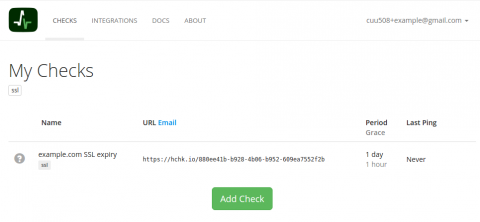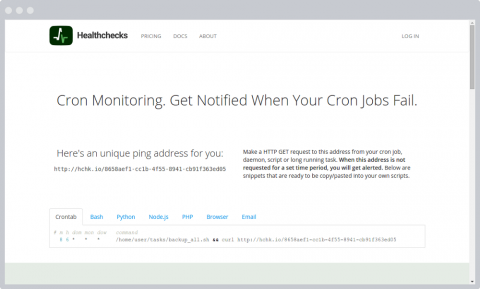My Let’s Encrypt mistake
SSLping was born as a side project. It’s useful to people, which is cool, but today it was also helpful to me! I use it to monitor my HTTPS websites. This morning, my own SSLping project sent me an email about how my website https://hire.chris-hartwig.com is about to expire (in 10 days): it’s using Letsencrypt, and it’s been 80 days since I installed the cert.









